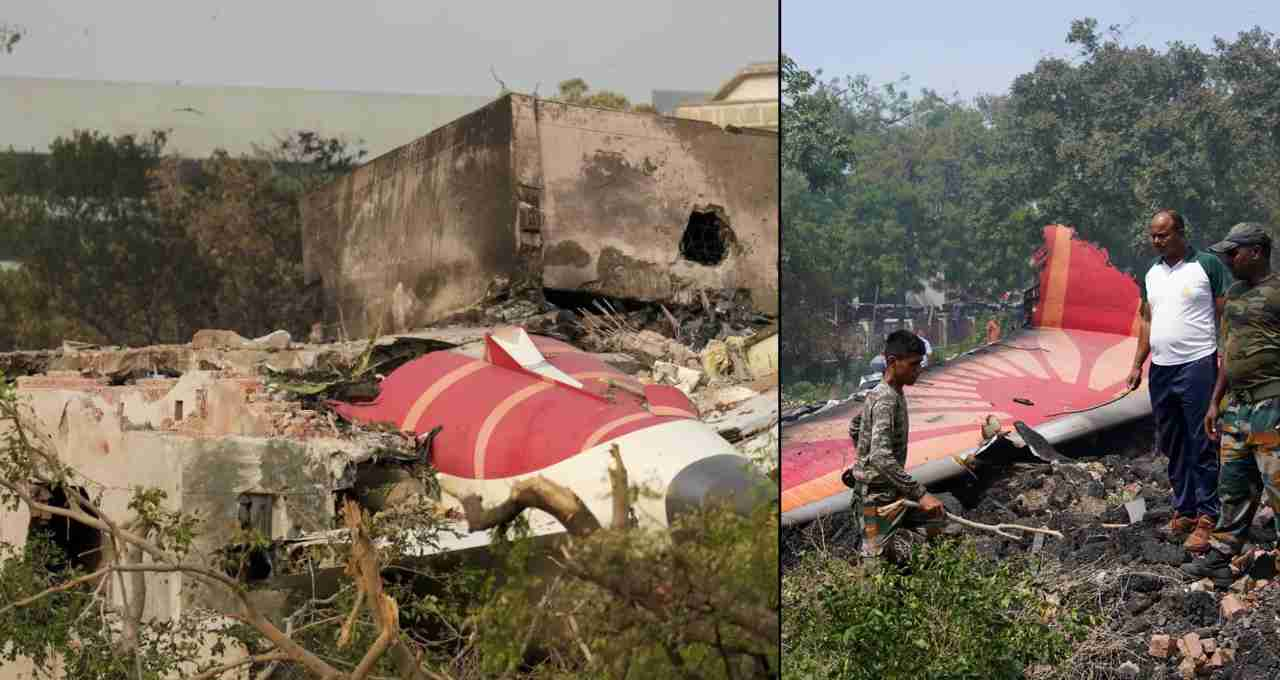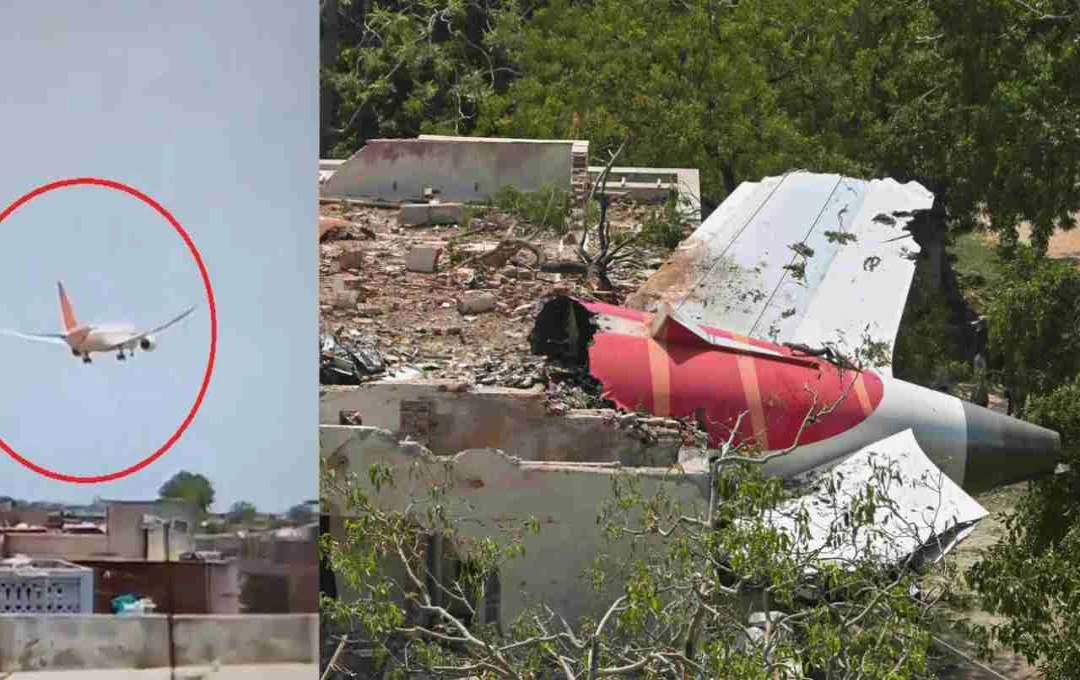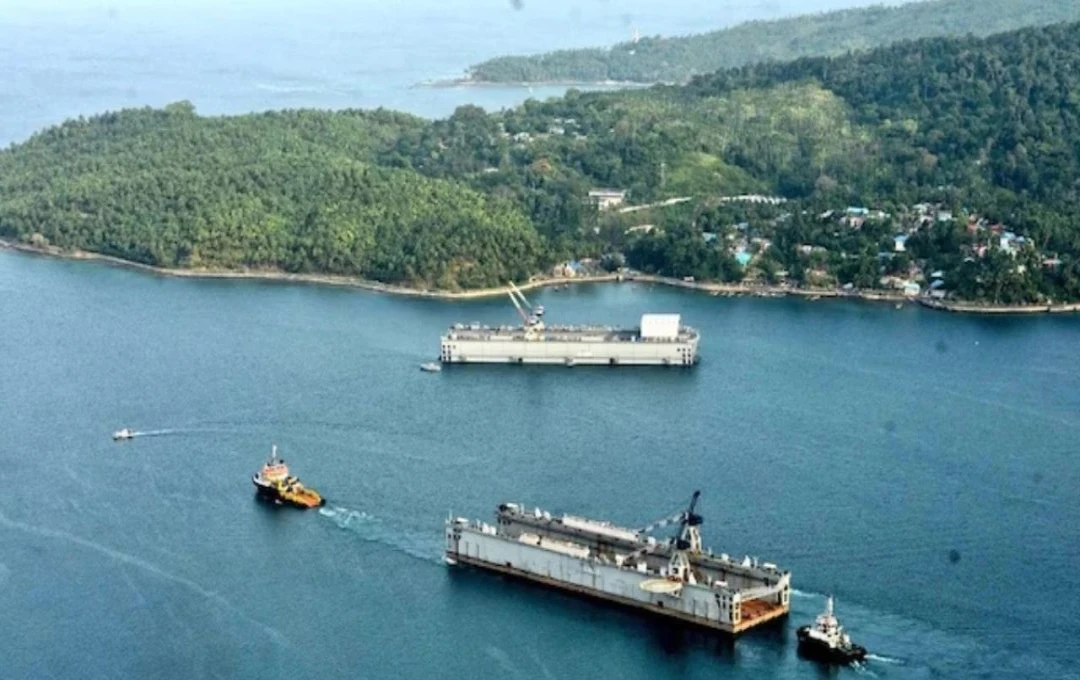Major Revelation in Air India AI171 Accident Investigation. Electrical Supply Failure Found Before Crash. Fuel Cutoff Claims Rejected. Investigation Report Takes New Turn.
Air India Plane Crash: A new turn has emerged in the investigation into the crash of Air India aircraft AI171 in Ahmedabad. Initial reports in Western media blamed the pilots for the accident. However, the facts that have now come to light completely refute this theory. The investigation has revealed a serious malfunction in the aircraft's electrical supply. Additionally, the aircraft's tail section was not engulfed in flames, leading to the conclusion that the root cause of the accident may lie elsewhere.
Western Media Accused Pilots
Air India flight AI171, en route from Ahmedabad to London on June 12, crashed within seconds of takeoff. Following the initial reports, Western media claimed that the pilot deliberately cut off the fuel supply, causing the plane to crash. This claim is now under scrutiny following the evidence uncovered in the investigation.
Electrical Supply Failure Was the Real Cause
According to investigating officers, the aircraft's electrical supply was repeatedly disrupted before the crash. Vishwas Kumar Ramesh, the sole surviving passenger of the accident, also reported that the plane's lights were constantly turning on and off before the crash. This directly indicates a fault in the aircraft's power supply.
Plane's Tail Section Not Burned
After the accident, the investigation team found the plane's tail section largely intact. There were no signs of fire on it. The plane's Auxiliary Power Unit (APU), which is responsible for starting the engine and providing power backup, was also present in this section.
Signs of Electrical Fault in APU

The investigation has revealed signs of an electrical fire in the APU and its surrounding area. The APU is located in the plane's tail, and it provides electricity when the engine is off or on the ground. Therefore, if the APU failed or experienced a short circuit, the power supply could have been disrupted.
Technical Fault Found in STAB POS XDCR
Before the accident, the same aircraft had flown from Delhi to Ahmedabad, during which a fault was detected in the STAB POS XDCR component. This component is also located in the plane's tail section. The technical team repaired this fault at Ahmedabad Airport, but the investigation has revealed that this repair may not have been completely successful.
Questions on Fuel Cutoff Theory
Aviation experts believe that if the power supply is disrupted, the fuel supply is also affected. In such a situation, the pilots may have attempted to turn the fuel on and off in an attempt to restart the engine. However, they did not get time to rerun it after cutting off the fuel and the plane crashed.
According to experts, the process of cutting off the fuel and restarting it takes only 1 second. If a pilot had accidentally cut off the fuel, the other pilot had plenty of time to turn it back on. This makes it clear that it is not correct to consider only the fuel cutoff as the cause of the accident.
Crew Member's Body Found in Safe Section
After the crash, the body of a cabin crew member was recovered from the rear section of the plane. He was strapped into his seat and died due to the impact. This body was found 72 hours after the accident and was quite decayed due to contact with chemicals. This also confirms that there was no fire in the rear section of the aircraft and that the section remained largely intact.
AAIB Investigation Ongoing
The Aircraft Accident Investigation Bureau (AAIB) has preserved all parts of the aircraft in Ahmedabad. All components are being closely examined. Data is being collected from the electrical supply system, STAB POS XDCR, APU, and other parts to find the real cause of the accident.















